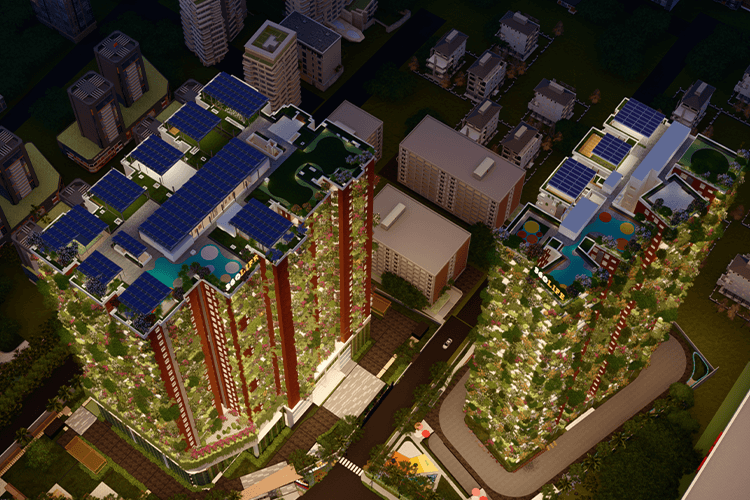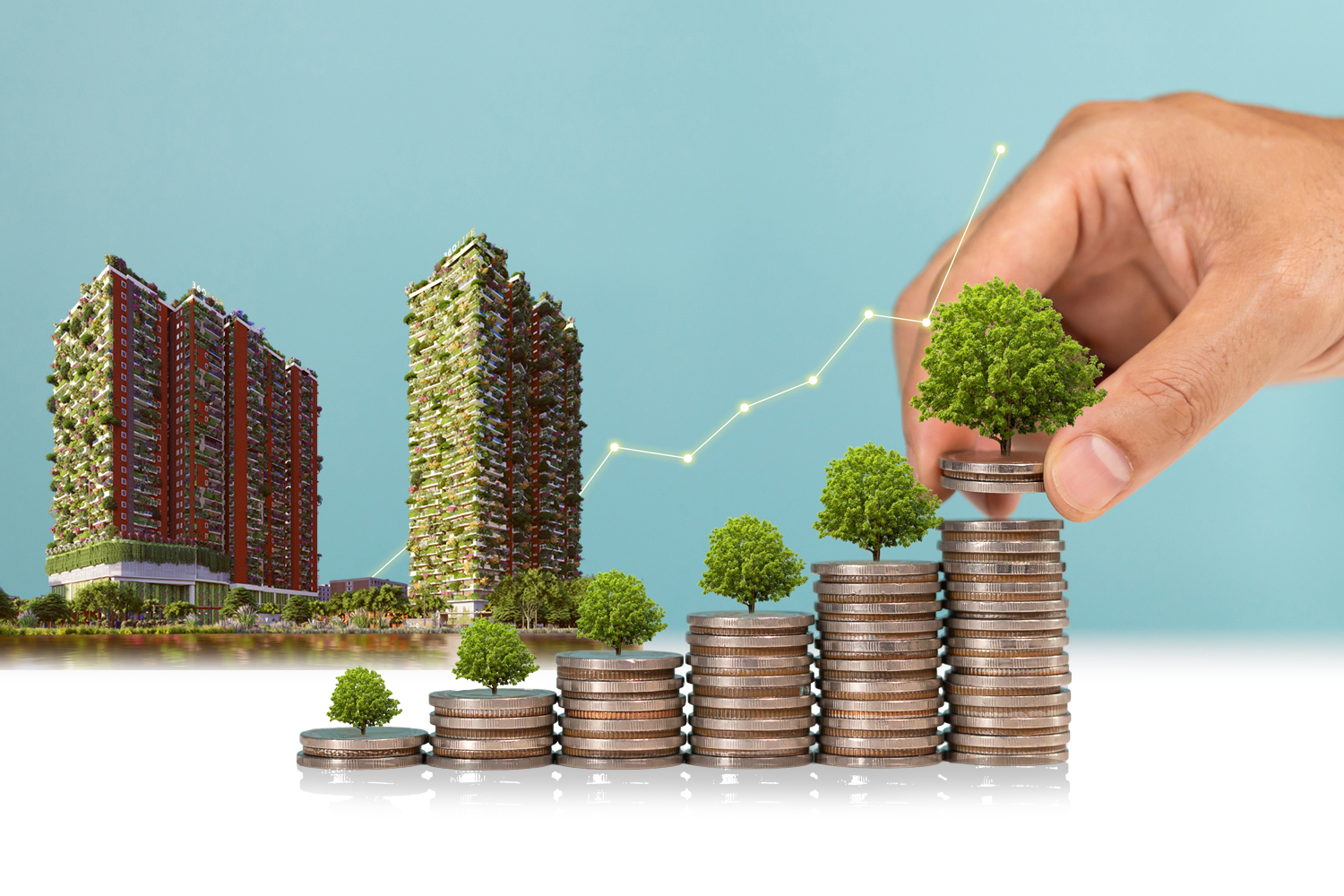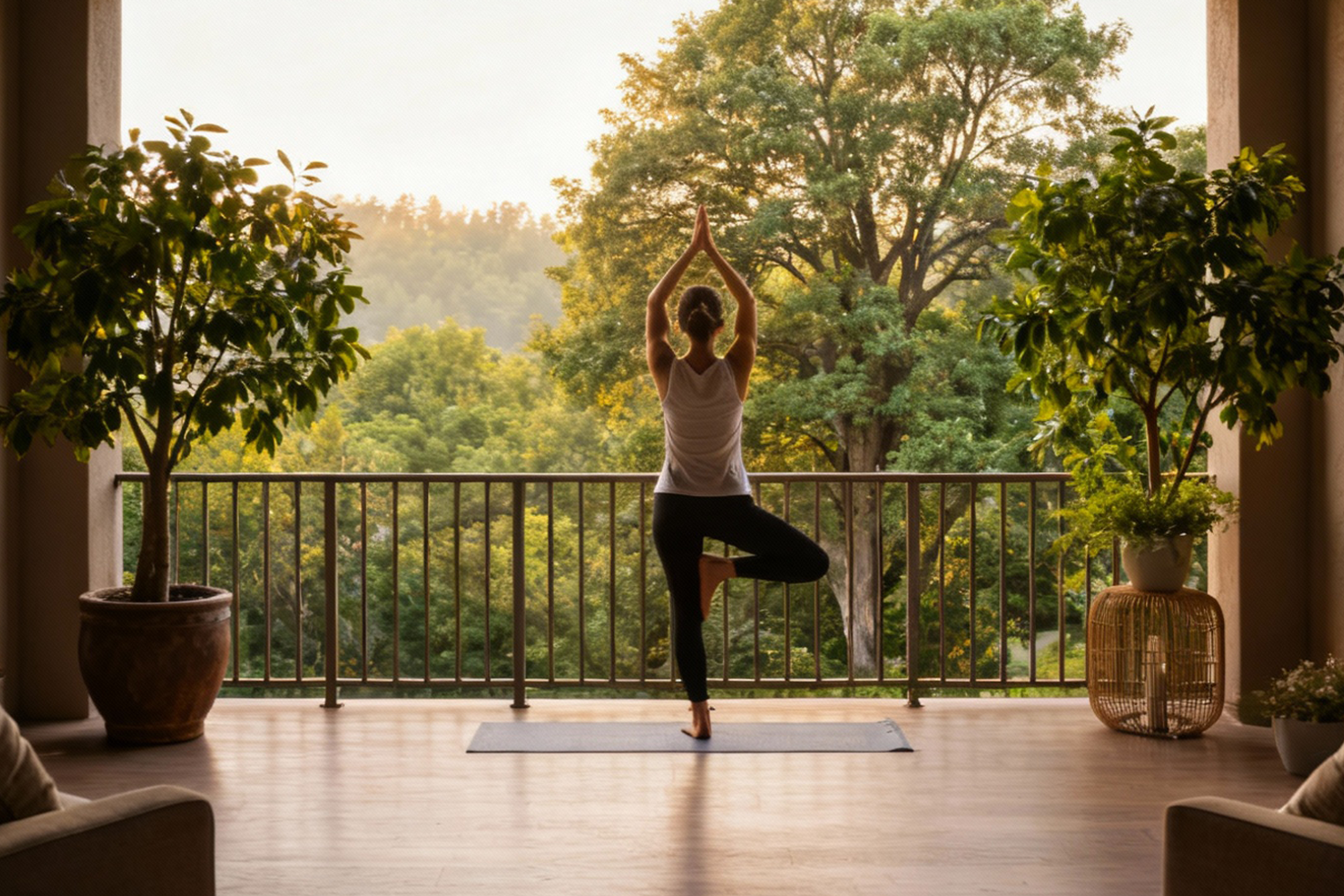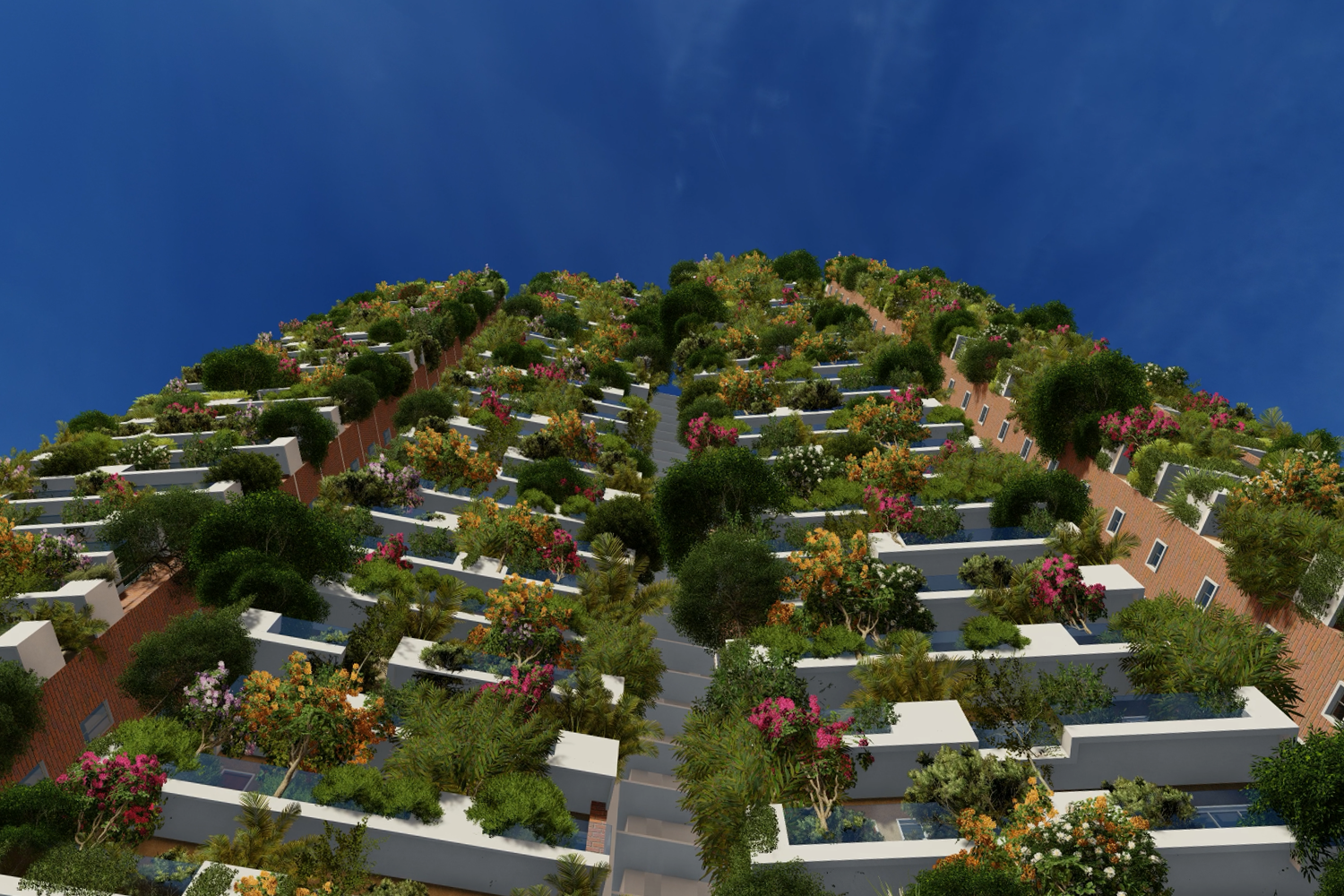In the fast-paced Concrete jungle, the concept of vertical forest living has emerged as a breath of fresh air, quite literally. These innovative architectural wonders not only redefine the city skyline but also promise health benefits for those fortunate enough to call them home.
In this blog, we will delve into the health benefits of living in vertical forest apartments.
One of the primary health benefits of vertical forest living is the significant improvement in air quality. With trees and plants integrated into the building’s structure, they act as natural air purifiers, filtering out pollutants and providing residents with cleaner, fresher air.
Most importantly surrounded by nature, residents of vertical forest apartments experience lower stress levels. Additionally, the soothing sights and sounds of greenery contribute to a calm and peaceful environment, promoting mental health.
Certainly, access to nature has been linked to improved cognitive function. Meanwhile, Vertical forest living allows residents to enjoy better mental clarity and focus, creating an ideal setting for work and relaxation.
Exposure to nature has been associated with a strengthened immune system. The diverse plant life in vertical forests exposes residents to a variety of natural elements, contributing to immune system resilience.
Contrary to concerns about pollen, vertical forest apartments are carefully curated to include non-allergenic plant species. Above all this ensures that residents can enjoy the benefits of nature without the discomfort of allergies.
On the other hand, the visual appeal of greenery has been proven to reduce stress hormones. Vertical forest living provides a daily dose of nature, offering residents a natural remedy for the pressures of city life.
Residents of vertical forest apartments report higher levels of life satisfaction and psychological well-being. Above all the connection with nature fosters a sense of purpose and contentment.
Studies suggest that exposure to nature enhances creativity. Vertical forest living provides an inspiring environment that can stimulate innovative thinking and problem-solving.
Green spaces within vertical forests create communal areas where residents can socialize. Consequently, Social interaction is vital for mental health, fostering a sense of community and belonging.
The lush vegetation in vertical forests acts as a natural sound barrier, reducing the impact of noise pollution. This creates a quieter and more serene living environment.
The combination of physical activity, reduced stress, and improved air quality contributes to heart health. Vertical forest living supports cardiovascular well-being, reducing the risk of heart-related issues.
Vertical forests prioritize holistic wellness by integrating physical, mental, and emotional health aspects into their design. This comprehensive approach enhances residents’ overall quality of life.
Vertical forest residents experience a unique connection with the changing seasons. Similarly, connection fosters a deeper appreciation for the natural world and its cyclical patterns.
Studies suggest that access to green spaces and nature is linked to increased life expectancy. Vertical forest living offers residents the potential for a longer, healthier life.
Conclusion:
To sum up, Vertical forest apartments emerge as a haven for health and well-being. From improved air quality to mental clarity, the numerous health benefits underscore the importance of integrating nature into urban spaces. As these architectural marvels continue to shape the skyline, they not only redefine the way we live but also pave the way for a healthier, Besides builds a sustainable future. A breath of fresh air indeed, vertical forest living is a testament to the harmonious relationship between urban life and the natural world.





